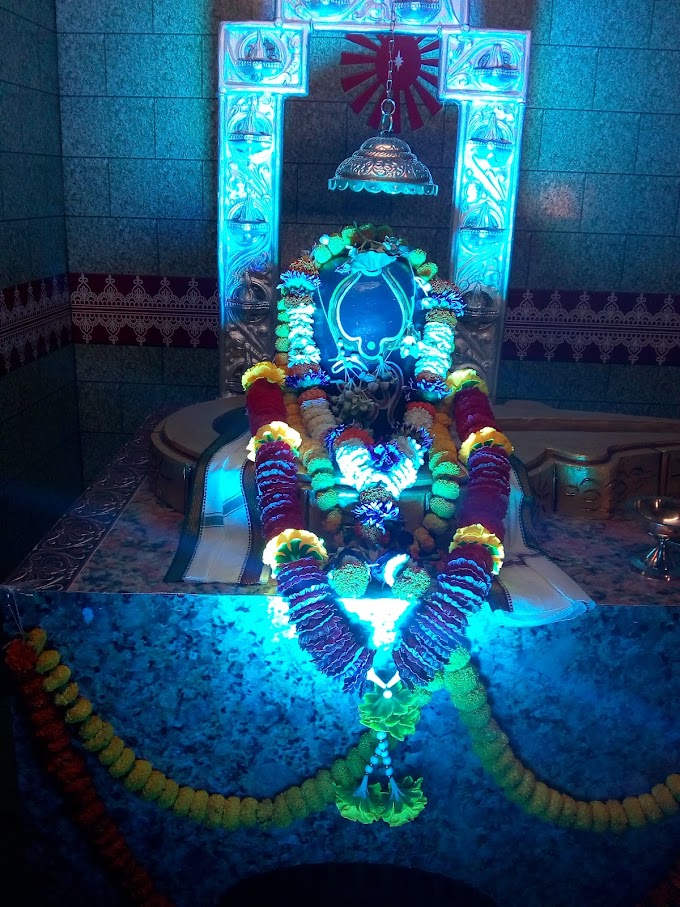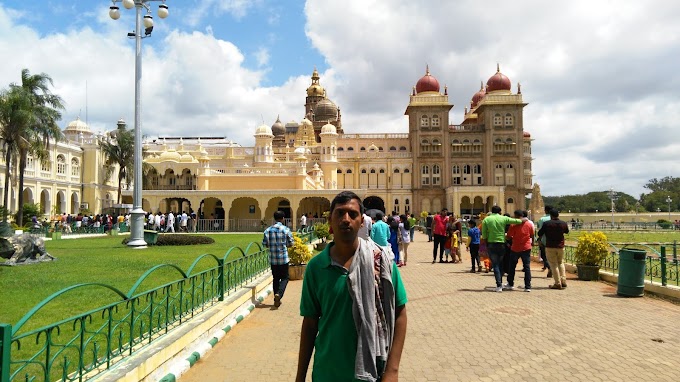RATH YATRA
Lord Jagannath Temple and Car Festival
are the world famous and the devotee of lord Jagannath are celebrate this Car
Festival. This year Car Festival or Rath Yatra is going to be held on 1st
July 2022 and return Car Festival or Bahuda Jatra falls on 9th July
2022.
There are many legends, antiquities and
histories about the world-famous Car Festival or Rath Yatra of lord. Following
this, six chariots were built in Puri during ancient period for the procession.
Over time it was made into 3 chariots. There is no evidence for who and why
this tradition was / is adopted and also it is unknown at present also.
According to Rajendra Lal Mitra “the
procession of Puri is just a celebration of the birth anniversary of Buddha”. In
16th century, Madala Panji described about the procession of Puri
Sree Jaganath and Rath Yatra. It is said that the King buried the face of banki
during the period of King Narasimha Deva. There were six chariots, but King
Narasimha Deva them three chariots. The Gundicha house was a wooden mandapa
during that period and the King made the said Mandapa into stone.
THE TWO SIDES CLASH
No information has been found from the
Madala Panji about when these six chariots were introduced and by whom in Puri
during Rath Yatra / Car Festival. According to the scholar, during the reign of
King Vanudeb (1264-1278 AD) (the next king of Langula Narasimha Deva) the
tradition of three chariots was started instead of six. However, there is
evidence with regard to the rath yatra in Puri before the thirteenth century. In
the Purushottam Mahatmya of the Skandal Purana Utkal Khand has described the
detail of the Rath Yatra and the same is the evidence that the Car Festival was
celebrated before 13th Century.
According to researcher Sadashiv Rathsharma,
the Jagannath Rath Yatra was held in Shrikshetra during the reign of Somavanshi
king Yayati Keshari in the eighth or ninth century AD and the same has been
recovered from the Chari Chakda manuscript written by Vikari Patnaik in 1956.
The chariot chakra manuscript was obtained
from the then chariot Amin and chariot Fakir Mohapatra of Puri Baseli Sahi and according
to Rathsharma the same was safe at Puri Bada Oriya Math. During the period of
King Jajati, the height of the Jagannath temple was only six cubits and the
height of Lord Jagannath was 2 cubits and 10 fingers and the height of chariots
were 18 cubits high. The height of three chariots were probably the same and the
chariot was six in number. Three chariots were traveling to Balgandi and three
chariots were being built at Indradyumna Patna and it was like a four-wheeled
cart.
The three chariots were heading to the
Adap Mandap or Gundicha house on the north bank of the Malini or Bada river.
From the Lion Gate to Balgandi, the chariots were sixteen wheels, fourteen
wheels, and twelve wheels. The chariot was adorned with three golden bowls of
gold. The gemstone canopy was pulled at Kanak Mundai. In another small chariot,
the bells, the chariot bells, the musicians were moving forward. Devotees were
pulling three chariots and on the chariot, the Prasad was made with full of
rice and coconuts only. The said Prasad was distributed among the devotees.
When the chariot reached Balgandi, the Thakurs overtook the river by boat and
rode on a four-wheeled chariot to the edge of the Gundicha temple. Lord
completed the journey of Ratha Yatra on 9th day and came back to the
temple and the said journey is called Bahuda yatra.
WHY WE CELEBRATE RATH YATRA (CAR FESTIVAL)
Since the completion of the construction
of a 100-foot or 125-foot large temple by the King during that period (12th
Century) and during the King Anangbhima Dev –III (1211-1238), the procession of
God / Lord Jagannath from Shree Khetra to the Gundicha Temple has been
commemorated from that year onwards. During the pilgrimage, six chariots were
built as the Malini River flowed at Balgandi on the Grand road or Bada Dand,
and the Malini River (Sharadhabali) was covered up during the time of King
Narasimha Dev @ Vanudev I (1264-1278) or the second Narasimha Dev (1278-1307
BC). As a result of the burial, three chariots have been built instead of six.
Researcher Dr Neelkantha Mishra, on the
other hand, recorded that the use of two types of chariots on a voyage during
Madhavacharya's visit to Shrikshetra in 1260 BC was unconstitutional &
against the hindu Tradition, and suggested that the Malini river should be covered
up and used only three chariots on the Poti Baddanda for three deity.
Therefore, this arrangement was made by the first Vanudev (1264-1287), the son
of the Gangetic emperor Anang Bhim Dev. The present Grand Road is the Malini
River and after cover up by the then King, now it is called as Bada Danda.
IMPORTANT SERVANT DURING CONSTRUCTION OF CAR / RATH / CHARIOT
CARPENTER MAHARANA
Among
the Carpenter Maharana, Sutar, Tali Maharana, Maharana, Rath Amin are involved
in the construction of the chariot. The Maharana's were engaged in the
construction of chariots, pulling the chariots, and so on from the time of construction of chariot to till end of the
Bahuda pilgrimage. For the construction of the three chariots consisting with
38 parts, each chariot is employed by one Sutar Maharana, the lower Maharana,
under the supervision of one Chief Maharana. There is also an Amin who look
into the measurement of the chariot wood.
OJHA MAHARANA
Currently, four houses are serving by this
Ojha Maharana. Dasharathi Maharana for the chariot of Jagannath from pathuria
sahi, Kashinath Maharana and Kunia Maharana for the chariot of Balabhadra from
pathuria sahi, and Khirod Mahasana for
the chariot of Maa Subhadra from Dhanakuti Sahi provide service as Ojha
Maharana.
On the day of Akshay trutiya, the servant
also provide three axes during the
construction of the chariot. All the work is done inside the Dolabedi Kunj. A
total of 14 Ojha Maharana and engage labour to assist them every day. Under the
administration of the Ojha Maharanas, the charioteers of their respective
chariots, the Orkanta 32, Pandari 2 and 2 Lekhaye ropes are made for each wheel
and supplied to the chariot yard.
OTHER SERVANTS
Rath
Vhoi: Rath Bhoi are directly taken part in the construction of chariots as
labour and provides labour in case need more. He also took an active part in
the construction of the chariot, as well as in the carriage chariot woods and
pull the cart also.
Tailor
Service: The tailors service providers
are taken into active part such as steaching Chandua.
Tamara
Bishoi: According to the Rath Yatra and Bahuda Yatra rituals, the servant makes
Tamrapata, and gives the Tamara in Bahut and Senapata. Tamrapata is one of the important
part during Yatra.
Kartia:
The chariot is used for cutting chariots and for making chariots. This servant
does the work himself and provides others when it is necessary.
Designer:
the Designer give the shape and beautification of the Chariot. During Nabakalebara,
this servant have important role to built the all type of statue such as god and
godess, chariot, horse and other statue on the chariot.
Painter:
This servant performs all the other paintings according to tradition in the
chariot, the side deity, the inverted bed, the kalasa and the chariot.
The above servant are taken part of Rath
Yatra to Bahuda and they are very well known person with regard to their duty
and responsibility and those work are one type of tradition for which particular
person can do.











